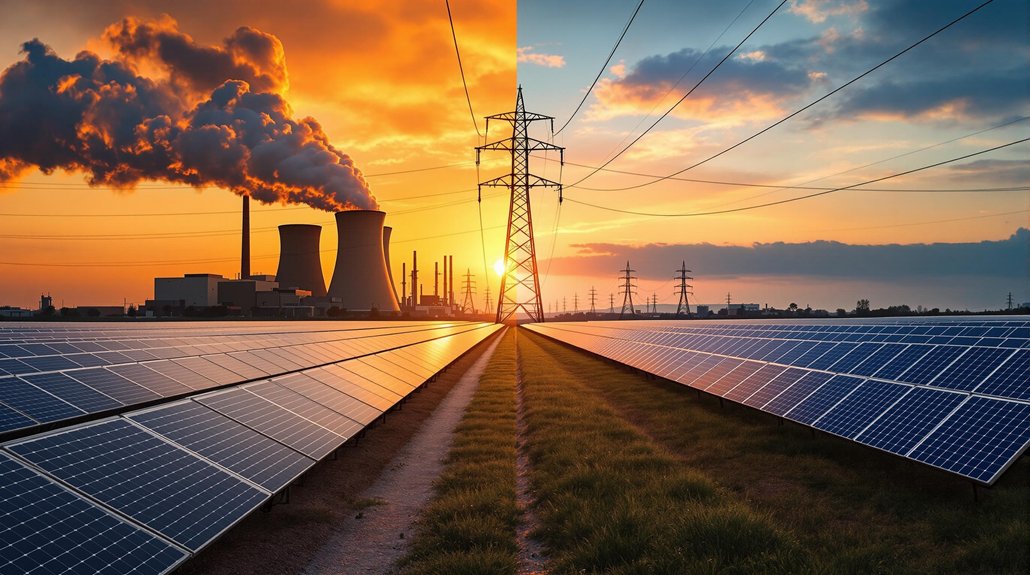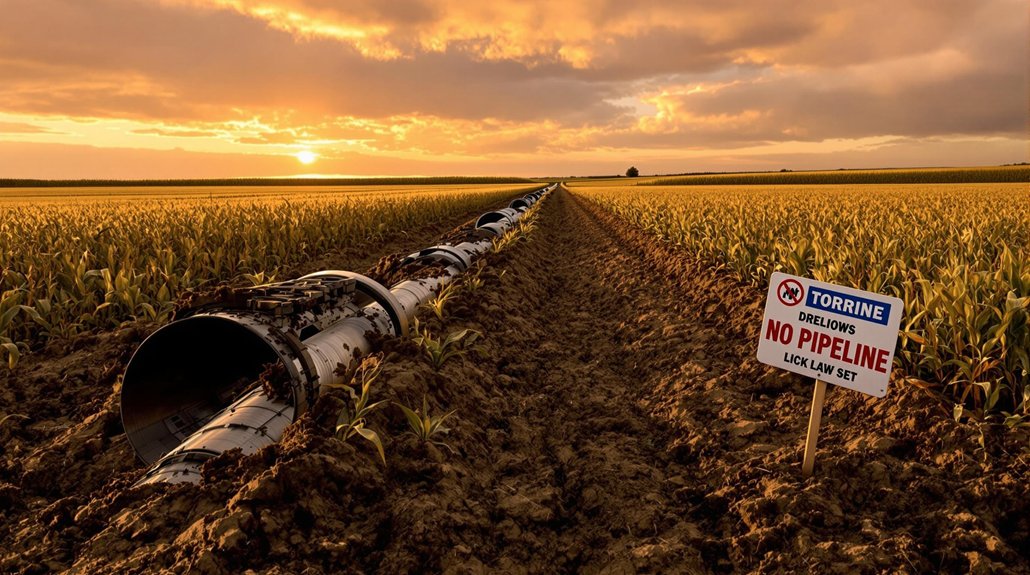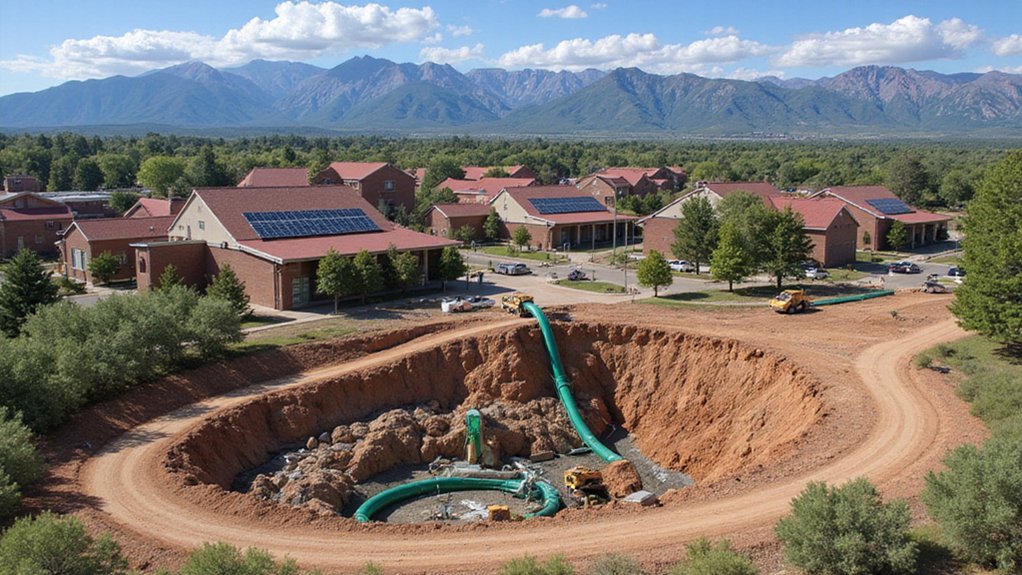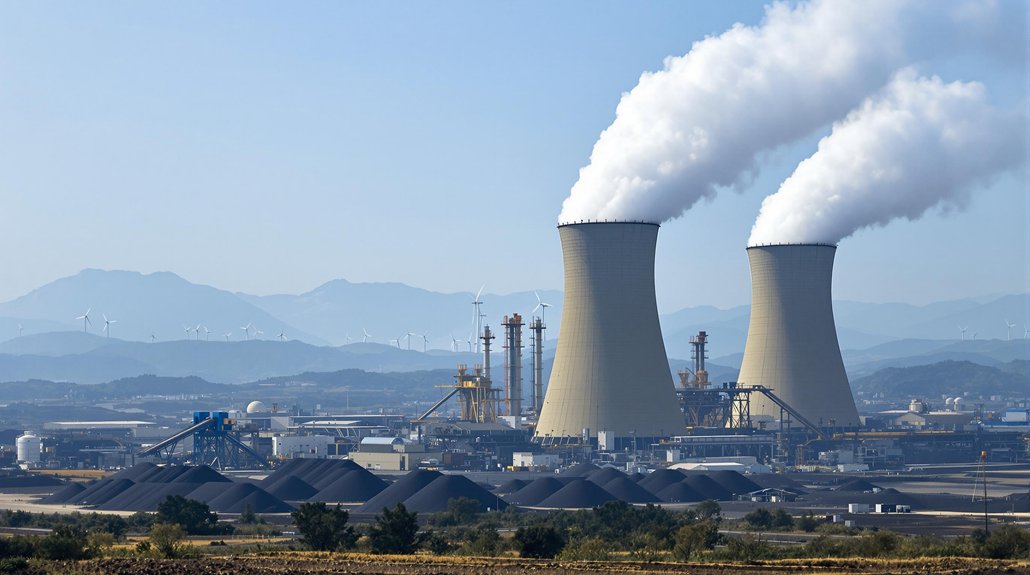While Texas remains the nation’s leader in oil and gas production, its wells are major sources of methane and other greenhouse gases that impact the environment. Recent data reveals “massive emissions” from Texas oil wells, contradicting industry claims about the cleanliness of operations. This comes as Texas produced 127.3 million barrels of crude oil and over 1 trillion cubic feet of natural gas in May 2025.
Texas natural gas production reached a record high in 2024, with 13 trillion cubic feet representing about 28% of the U.S. total. The state’s oil and gas sector contributed 212,769 thousand metric tons of carbon dioxide in 2023, accounting for roughly 12-14% of total U.S. emissions in key pollutant categories.
The state currently operates 159,047 oil wells and 83,808 gas wells, cementing its position as the nation’s largest active well count holder. Daily oil production averages over 4.1 million barrels, with production continuing to rise due to advances in drilling technology.
Despite some improvements, emissions remain a significant concern. While Permian Basin methane intensity has declined 83% since 2011 and flaring intensity dropped 65% since 2015, 2023 saw a slight uptick due to record production and infrastructure constraints. The oil and gas industry has invested over $300 billion in emission-reducing technologies to address these environmental concerns.
A particularly troubling source of emissions comes from Texas’s approximately 890,000 abandoned oil and gas wells. These abandoned wells contribute an estimated 22% of national emissions from similar sources, with unplugged wells being the primary culprits. Experts suggest that properly plugging these wells could reduce 53-61% of future emissions through 2050.
Emission peaks often correlate with surges in production and limitations in pipeline capacity. The state’s historical production legacy makes its abandoned well emissions especially significant on a national scale, posing challenges for meeting climate goals. The transition to sustainable energy sources would require substantial investment but could help address these environmental impacts while creating new job opportunities in the renewable sector.
As Texas continues to lead in both production and exports, the environmental impact of its massive oil and gas operations remains a pressing concern for climate scientists and policymakers alike. Former President Trump has repeatedly claimed that U.S. oil and gas operations are the cleanest in the world, despite contradictory evidence from emissions data.
References
- https://www.texansfornaturalgas.com/_methane_emissions_in_texas_permian_basin_remain_low_despite_near_record_production
- https://www.wvia.org/news/environment/2025-09-03/new-data-finds-massive-emissions-from-texas-oil-wells
- https://www.rrc.texas.gov/news/
- https://www.eia.gov/state/print.php?sid=TX
- https://academic.oup.com/nsr/article/12/7/nwaf184/8137905









